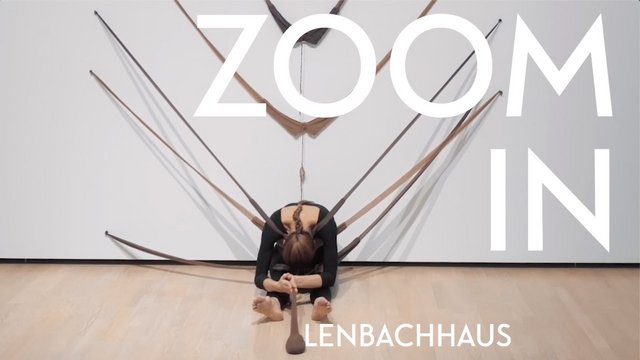Senga Nengudi
Topologies –

A legendary avant-garde artist whose important installation fit into a suitcase—that is how fellow artist Lorraine O'Grady once described Senga Nengudi and her work.
Over the past five decades, Nengudi, who was born in Chicago in 1943, has built a singular oeuvre that sutures the disciplines of sculpture, performance, and dance. The forging of these junctures has guided her work since the earliest days of her career, when she pursued concurrent degrees in sculpture and dance in Los Angeles. In the mid-1960s, Nengudi, then twenty-two years old, moved to Tokyo for a year; enrolling at Waseda University, she immersed herself in Japanese culture and was eager to learn more about the Gutai Art Association. Although she never met the Gutai-artists, their experiments in performance, theater, and sculpture had a lasting influence on her own thinking. Japanese theatrical forms such as Kabuki and Butoh, as well as West African ritual practices inform Nengudi's visual language to this day.
Reflecting her interest in dance and improvisation, nearly all of her works are characterized by movement: The shapes of the "Water Compositions"—sculptures made of vinyl and colored liquids she created in the early 1970s—were conditioned in part by the amount of water with which she fills them. The fabric "spirits" Nengudi installed in the streets of Harlem a few years later fluttered in the breeze. The anthropomorphic sculptures in the "R.S.V.P." series, in which pantyhose fabric is filled with sand and combined with found objects perform a slower movement: that of a gradual degradation of the material itself. Some of these sculptures become dance partners in choreographed performances.
Before moving to Colorado Springs in 1989, Nengudi spent several decades in Los Angeles. From the 1960s until the 1980s, the metropolis on the West Coast was the center of a vibrant African American art scene in which Nengudi was a pivotal figure. Together with artists such as David Hammons, Maren Hassinger, Ulysses Jenkins, Barbara McCullough, and Frank Parker, she staged improvised performances around the city. Performance—solo or in a collective, in the studio or in public spaces—remains a fulcrum of her work.
Nengudi regards her works as material articulations of thought experiments. Many of her sculptures from the 1960s and 1970s were intended for the instant of their presentation, and no longer exist. "Permanence has never been a priority for me—to the chagrin of many," she noted in one of her statements. The observation suggests Nengudi's conviction that the objective of art is not its conservation and canonization but its continuation.
Curated by Stephanie Weber and Anna Straetmans
Next Venue:
The Museu de Arte de São Paulo (MASP) presented an iteration of the exhibition from October 13 – November 15, 2020.
The exibition will be on view at Denver Art Museum from Dezember 13, 2020 – April 11, April 2021 and at Philadelphia Museum of Art from May 1 – July 25, 2021.
Video
Works
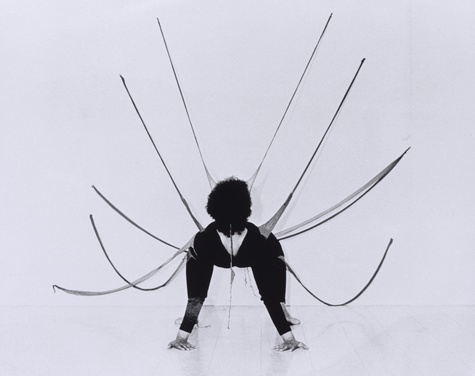
Senga Nengudi
Performance Piece, 1977
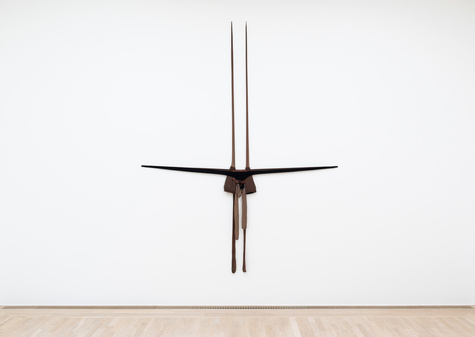
Senga Nengudi
A.C.Q. III, 2016-2017
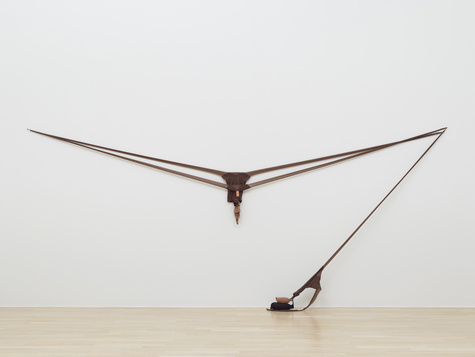
Senga Nengudi
R.S.V.P. Reverie "D", 2014
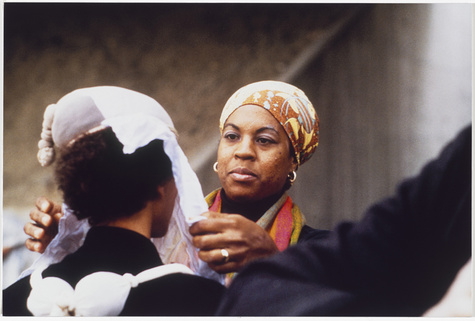
Senga Nengudi
Ceremony for Freeway Fets, 1978
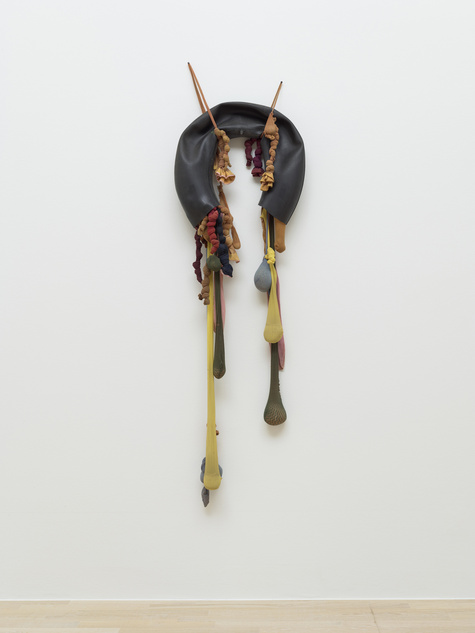
Senga Nengudi
Inside / Outside, 1977
 Senga Nengudi, Performance Piece, 1977, Triptych (detail)
Senga Nengudi, Performance Piece, 1977, Triptych (detail)
Performer: Maren Hassinger, Original photo: Harmon Outlaw
Lenbachhaus Munich, KiCo Collection
© Senga Nengudi 2019 Senga Nengudi, Ceremony for Freeway Fets, 1978, Original photo: Roderick 'Quaku' Young
Senga Nengudi, Ceremony for Freeway Fets, 1978, Original photo: Roderick 'Quaku' Young
Lenbachhaus Munich, KiCo Collection
© Senga Nengudi 2019 Senga Nengudi, R.S.V.P. Reverie „D“, 2014, Lenbachhaus Munich, KiCo Collection
Senga Nengudi, R.S.V.P. Reverie „D“, 2014, Lenbachhaus Munich, KiCo Collection
Photo: Timo Ohler © Senga Nengudi 2019 Senga Nengudi, Inside/Outside, 1977, Lenbachhaus Munich, Courtesy Thomas Erben Gallery, New York
Senga Nengudi, Inside/Outside, 1977, Lenbachhaus Munich, Courtesy Thomas Erben Gallery, New York
© Senga Nengudi 2019
Installation views
- Installation Shot, Senga Nengudi, "Senga Nengudi. Topologies", Städtische Galerie im Lenbachhaus und Kunstbau München, 2019. Photo: Ernst Jank, Lenbachhaus
- Installation Shot, Senga Nengudi, "Senga Nengudi. Topologies", Städtische Galerie im Lenbachhaus und Kunstbau München, 2019. Photo: Ernst Jank, Lenbachhaus
- Installation Shot, Senga Nengudi, "Senga Nengudi. Topologies". Städtische Galerie im Lenbachhaus und Kunstbau München, 2019. Photo: Ernst Jank, Lenbachhaus
- Installation Shot, Senga Nengudi, "Senga Nengudi. Topologies". Städtische Galerie im Lenbachhaus und Kunstbau München, 2019. Photo: Ernst Jank, Lenbachhaus
- Installation Shot, Senga Nengudi, "Senga Nengudi. Topologies". Städtische Galerie im Lenbachhaus und Kunstbau München, 2019. Photo: Ernst Jank, Lenbachhaus
- Installation Shot, Senga Nengudi, "Senga Nengudi. Topologies". Städtische Galerie im Lenbachhaus und Kunstbau München, 2019. Photo: Ernst Jank, LenbachhausJank
- Installation Shot, Senga Nengudi, "Senga Nengudi. Topologies". Städtische Galerie im Lenbachhaus und Kunstbau München, 2019. Photo: Ernst Jank, Lenbachhaus
- Installation Shot, Senga Nengudi, "Senga Nengudi. Topologies". Städtische Galerie im Lenbachhaus und Kunstbau München, 2019. Photo: Ernst Jank, Lenbachhaus
- Installation Shot, Senga Nengudi, "Senga Nengudi. Topologies". Städtische Galerie im Lenbachhaus und Kunstbau München, 2019. Photo: Ernst Jank, Lenbachhaus
- Installation Shot, Senga Nengudi, "Senga Nengudi. Topologies". Städtische Galerie im Lenbachhaus und Kunstbau München, 2019. Photo: Ernst Jank, Lenbachhaus


